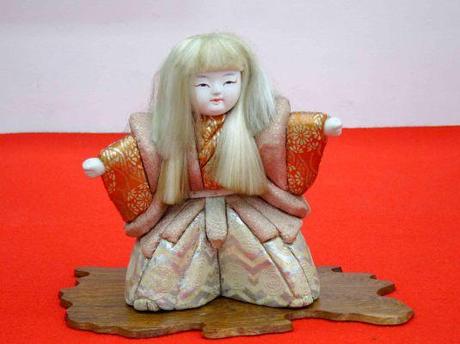
Last week we went over to Daijuen and helped them setup a special show for one of their customers. I’ve personally never met this customer so I don’t know his name or his face but what I do know is that he decided to put on a special bonsai show this year to celebrate his 88th birthday! (How cool is that?) The three-day show was small with only about 14 trees but what really got my attention was how the show was setup. The collector is also a painter and he wanted to display his paintings during the show as well so we spent a good amount of time hanging paintings on the wall. In this post, I’m going to share with you all the trees that were shown and many of the other things to see.
The Setup
The setup of the show was very basic just like any other small local show. The room the show was held in was on the third floor which made it fun for us apprentices to carry many things up there. Though I was happy that there was a (very) small elevator we could use to move the trees up and down. All in all, the setup only took a couple of hours.
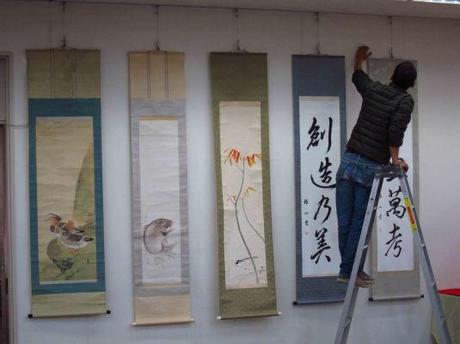
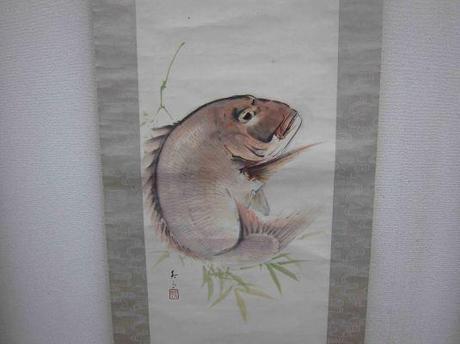
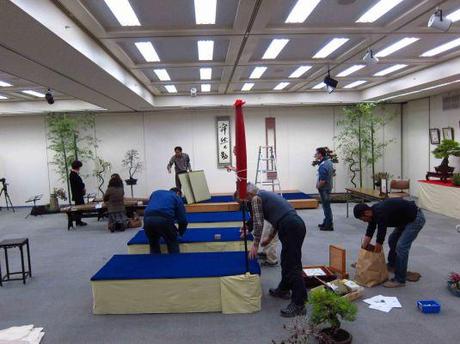

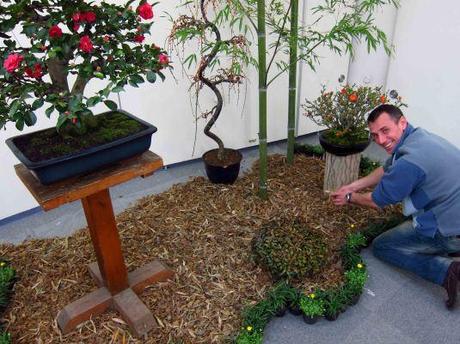
The Trees of the Show
The collector loves Black Pine and most his trees on display were Black Pines. Daijuen and Aichien provided a couple of flowering trees to add color to the show. From the looks of many of the Black Pines, the collector may have grown them himself. I took these photos during the set up so there might be some setup items in the shot.

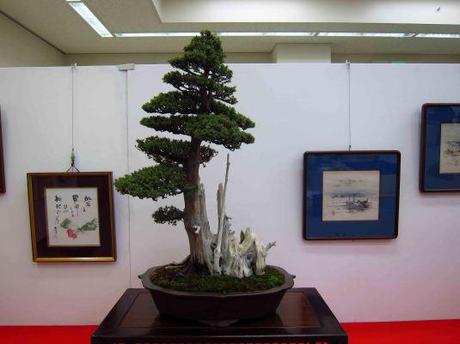
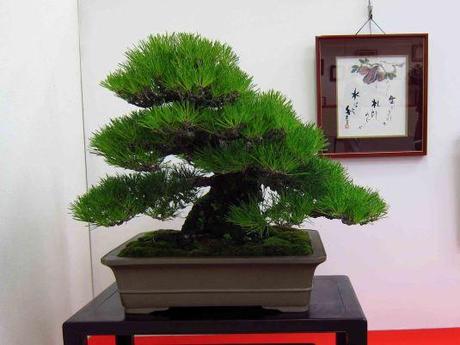
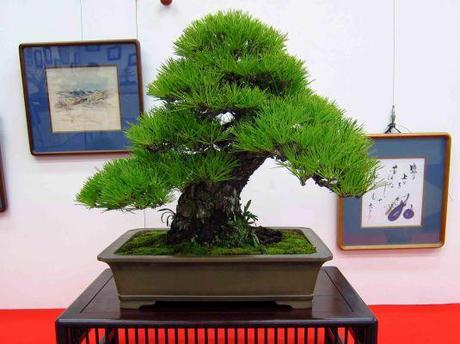
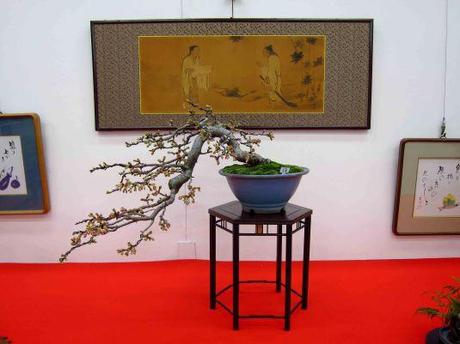
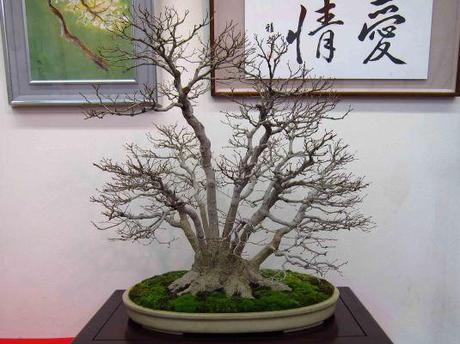

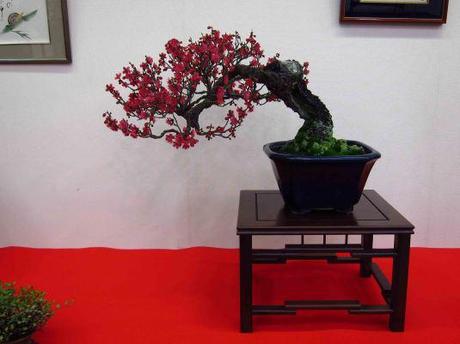
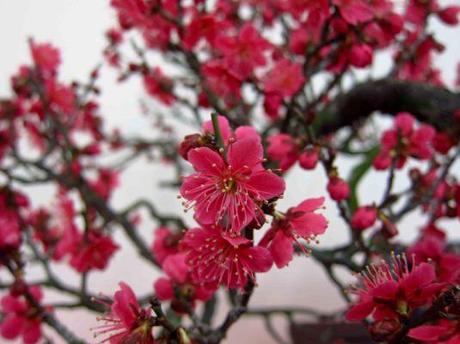
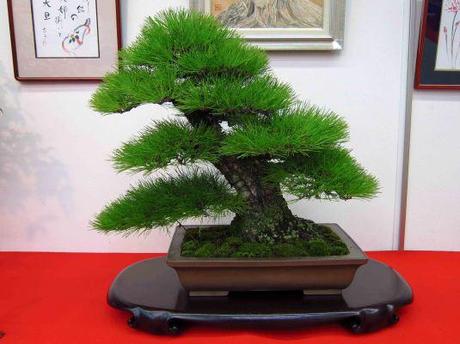
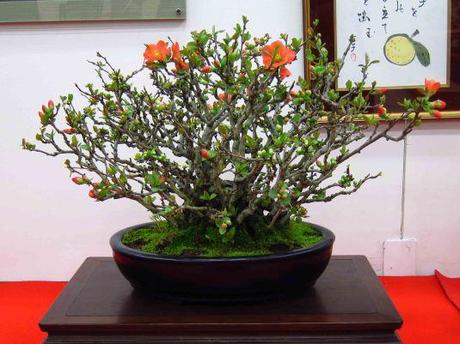

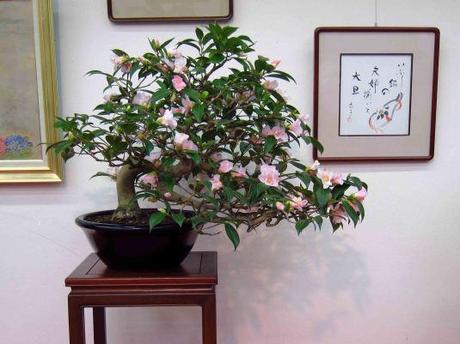
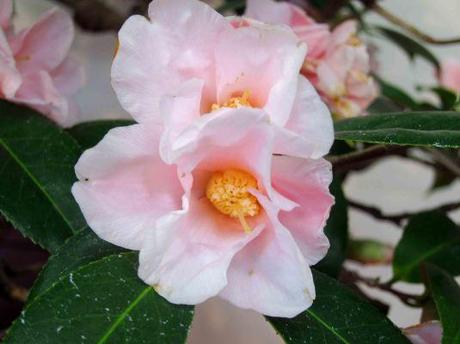
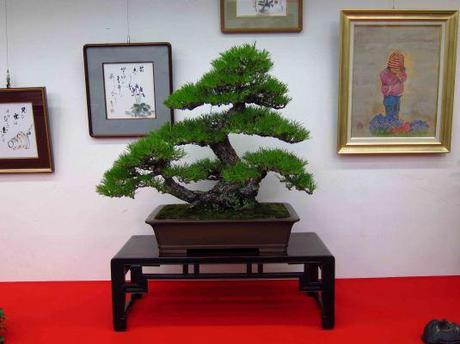

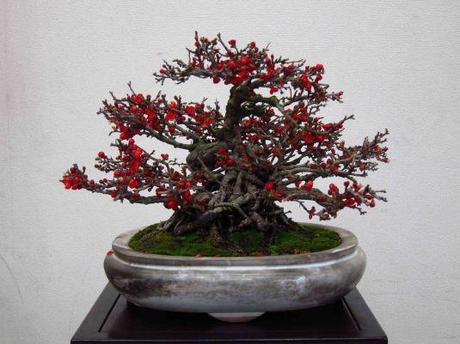

A Few of the Accents
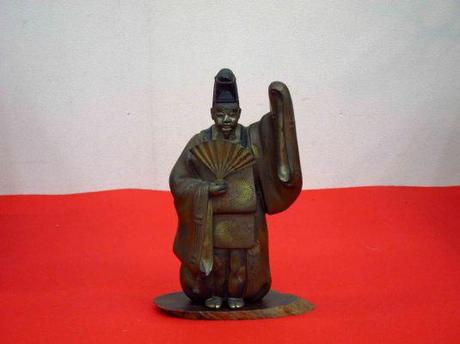
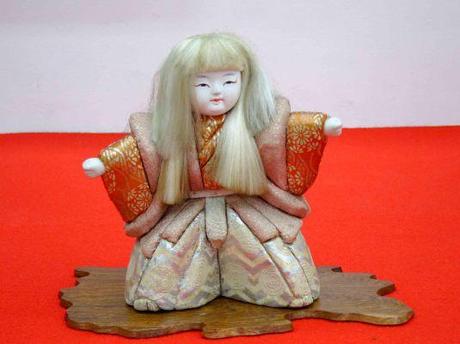
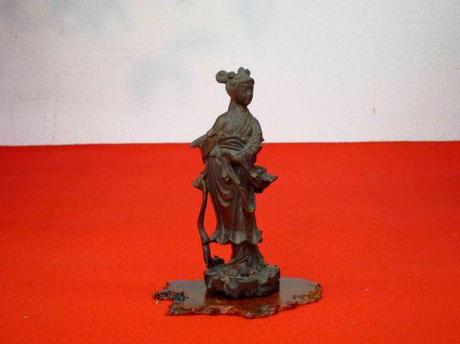
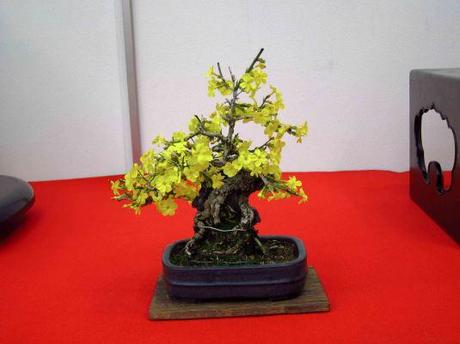
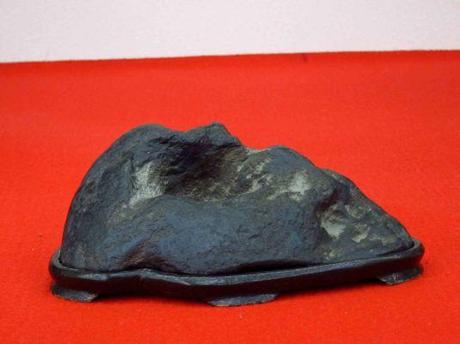
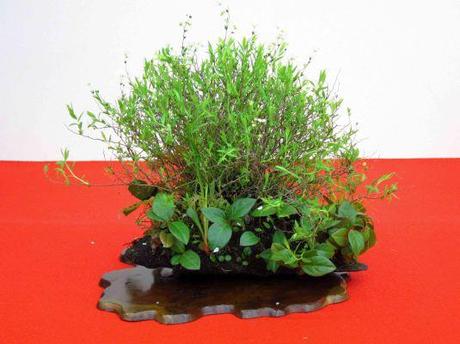
Some of the Paintings
The paintings were hung all over the walls and they undulated up and down over and around the bonsai. Everything was mixed together so there was no individual display but more of a whole room display.

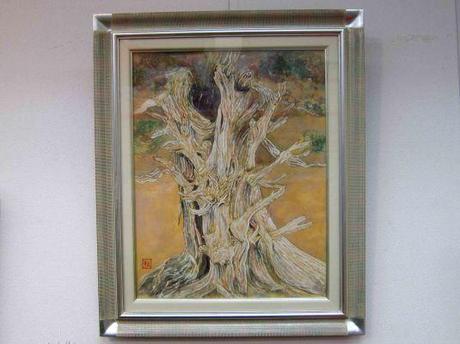
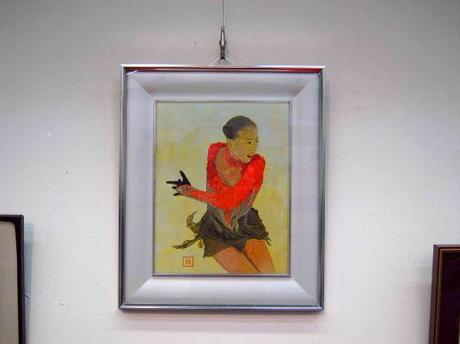
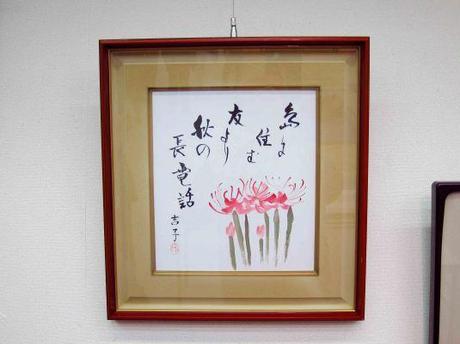
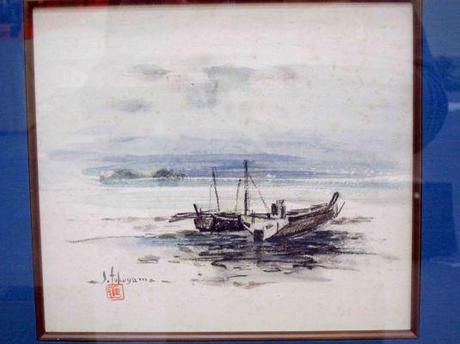
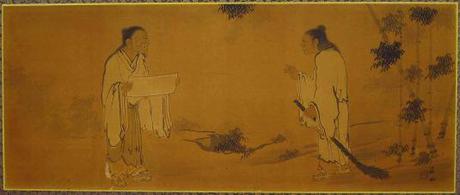
Feel of the Show
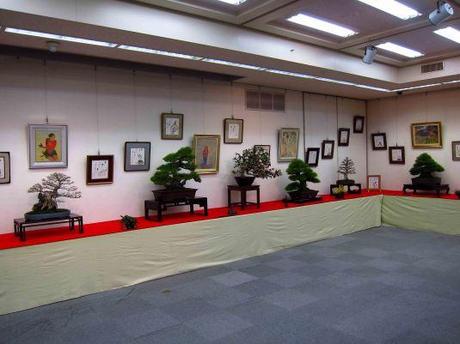
One of the main reasons why I wanted to share these pictures with you all is to give us some ideas of how we can display our bonsai in the future. Most of the time, we tend to follow guidelines to what we believe is how to display bonsai. Regardless if we like or dislike how the trees were displayed in this format, the more important part to understand is that there are many ways for us to display our bonsai and that we should explore different and new ways to do it. Why not display bonsai with suiseki? Why not display bonsai with paintings? Why not display bonsai with sculptures? Why not display bonsai with _______???
By no means am I discrediting the traditional ways of displaying bonsai because they are important and there’s a long history of it being very effective. But instead of saying that the traditional ways are the only ways, let’s say that it’s one of the ways and we all should be experimenting with new ways to display our trees.
Entertainment
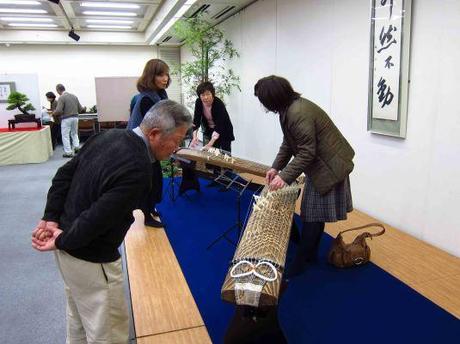

Decorations
Since this show was a celebration, there were also nice flower arrangements within the room.

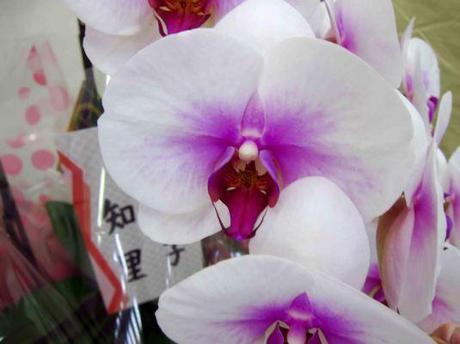
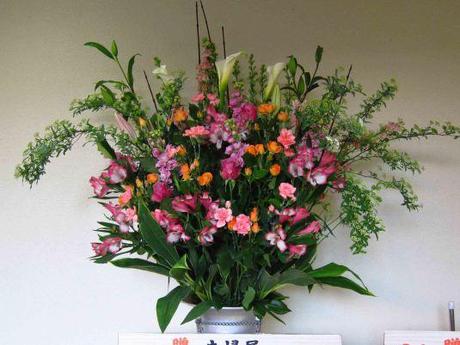
So there you have it. Another bonsai show setup and another man turns 88 years old. I hope you all enjoyed the photos. Sorry I’ve been sparse on the post lately but with the show season, wiring work and new apprentices to manage, I haven’t had much time to write post (or answer many of my emails). The good news is that the show season has just ended and it will be repotting season soon. The post should be coming a bit more regularly from here on.
Thanks for attending the show!
———————————————————————————–
If you’re looking for more to read, check out this new post at YenlingBonsai.com on how a rainwater collection and Reverse Osmosis system was setup. Please subscribe if you like the blog. Here’s a preview:
…I’ve posted the results below with a little write up about what I did in hopes that it may give you some ideas if you have poor water quality like me. I’m now using a combo of collected rain water and reverse osmosis water for my trees.
Here’s what my new overall set up looks like:
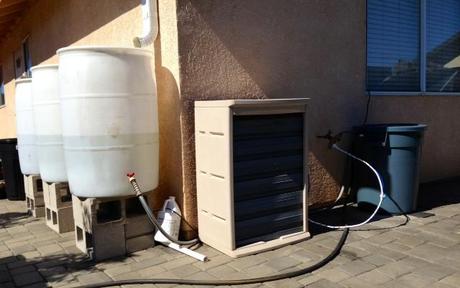
—————————————————————————————–
P.S. If you are actively reading this blog, I would appreciate it if you subscribe to it (right column of the blog). This is one of the best ways for me to know how many people are reading. Thanks!
